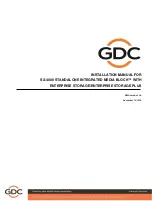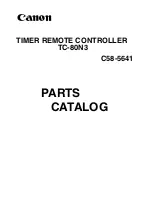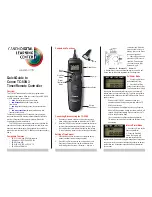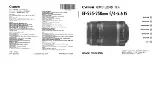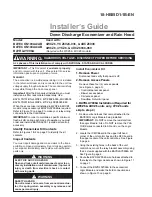
19
4.4 Manual control options
The main task for a detector is automation of lighting. This results in energy saving from the
lighting (light is only switched on if it is really needed), as well as increased convenience
(light switches on automatically or constant light regulation maintains even illumination in
the workplace). To fulfil these tasks, the detector switches or regulates the light actuators
(switching actuators, dimming actuators).
The detector contains all the sensors and analyses the values measured by them for
switching or regulating the lighting. Therefore, there are no further components required,
such as light sensors, timers or connectors. Manual intervention in lighting control is not
recommended, as this may cause behaviour that can be interpreted as errors. The light
fitting controlled by the detector may not be influenced by other KNX sensors (apart from
the detector).
In switching mode, the detector switches the light on (100%) or off (0%). It therefore has two
states. Automatic operation can be controlled extern
ally through the “External influence –
Input
– Light output” object. An external switch (via the KNX bus) can cause the detector to
switch the connected actuators. The reaction varies according to the parameter settings
selected.
Alternatively, the detector´s locking function can be used to set the connected actuator to a
fixed position (off or on, no automatic operation).
In regulating mode, there are more than two states (on and off). It is often desired to dim to
a value between 0% and 100%, which should then be maintained without any automatic
adjustment. For this, the locking function can be used. When activating a lock, a 1-byte
Summary of Contents for CHORUS GWA9531
Page 7: ...7 ...
Page 14: ...14 ...
Page 15: ...15 Regulation mode ...
Page 34: ...34 ...
Page 38: ...38 ...
Page 42: ...42 ...
Page 45: ...45 ...
Page 46: ...46 9 COMMUNICATION OBJECTS ...































